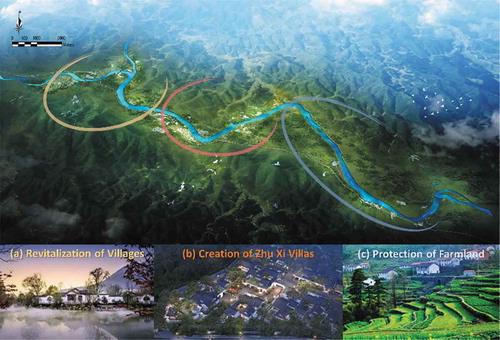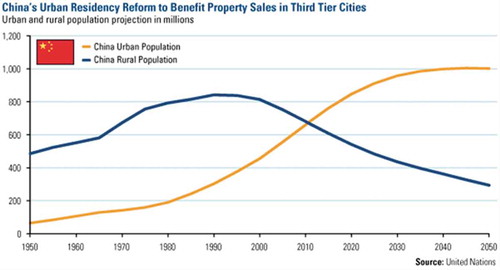Figures & data
Figure 1. Setting a mean water surface elevation (M.W.S.E.) and safe construction elevation (S.C.E.) for city development based on historical and nature topography in the design area (13.48 km2) of Dongpo Wetland in Meishan City, Sichuan Province, China.
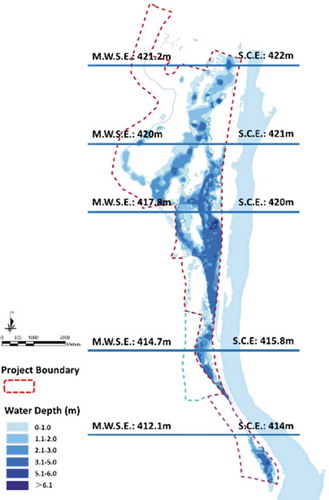
Table 1. Comparison of the Equivalent Factor (EF) per unit area (hectare) of ecosystem service values before (a) and after (b) restoration of the Fuhe watershed in Wuhan City, Hubei Province, China.
Figure 2. Runoff patterns for natural forest, rural, and urban area, compared to a mega-city like Qingdao, with differing percentages of runoff, evaporation, and seepage into shallow and deep groundwater (Baidu Data Citation2013).
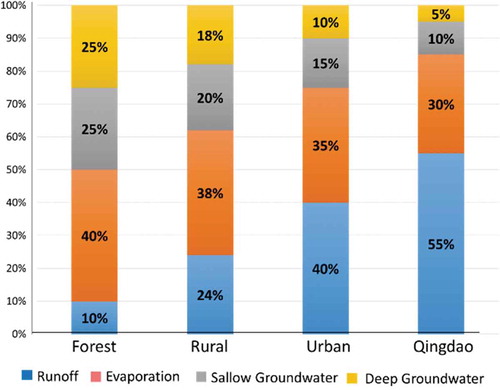
Figure 3. By mimicking natural runoff patterns in the forest to create a new lake, Lake Jinhu, we preserved more than 22 million cubic meters of runoff water in Jiaozhou Bay, Qingdao, China.
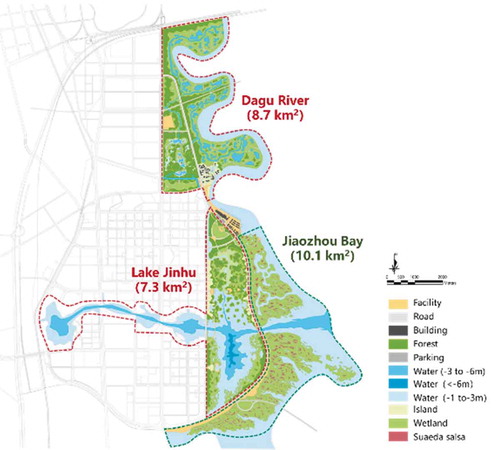
Figure 4. Using Lacunarity index numbers of natural wetlands for our design of coastal wetland patterns in Jiaozhou Bay, Qingdao, China: (a) design layout and (b) the design sketch of the coastal wetland pattern.
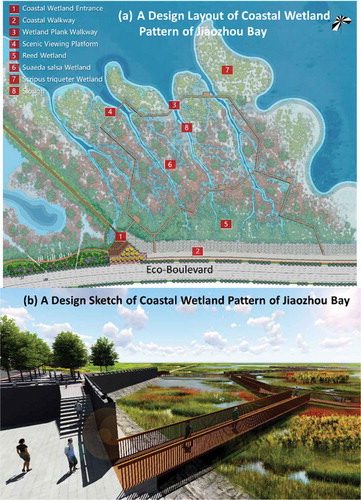
Figure 5. Five different landscape patterns using our water quality model (EquationEquation 2(2)
(2) , Equation3
(3)
(3) , Equation4
(4)
(4) ) to simulate the different deduction rates (%)of COD, TP, and TN in different landscape patterns of Liulihe wetland, Beijing, China.
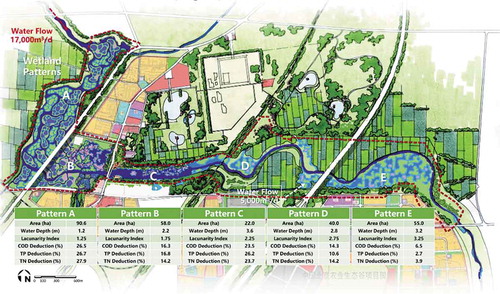
Figure 7. Restoration of 30 km2 of subsided mining area (b) has fundamentally changed the landscape of Huaibei, Anhui Province, China from (a) a city with water resource shortage into (c) a water front city (Wu and Swain Citation2018).
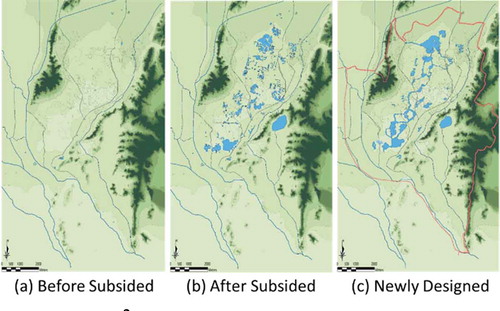
Figure 8. Choosing eco-friendly building materials such as bamboo to construct bamboo houses for “Flowing Bamboo Reserve” in Qionglai, Sichuan Province, China.

Figure 9. Design of Aifeike Town, Jingmen City, Hubei Province, China with 1278 hectares of lake area (48% of the total area) with water depth of more than 6.0 meters in response to extreme rainfall and drought.
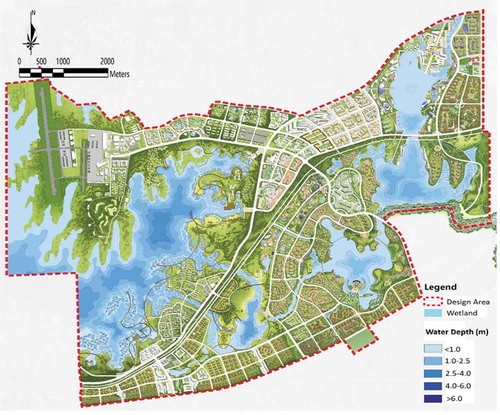
Figure 10. Our design of Beijing River basin, Jianou City, Fujian Province, China for the purposes of (a) revitalization of villages, (b) creation of Zhu Xi villas, and (c) protection of farmland.
